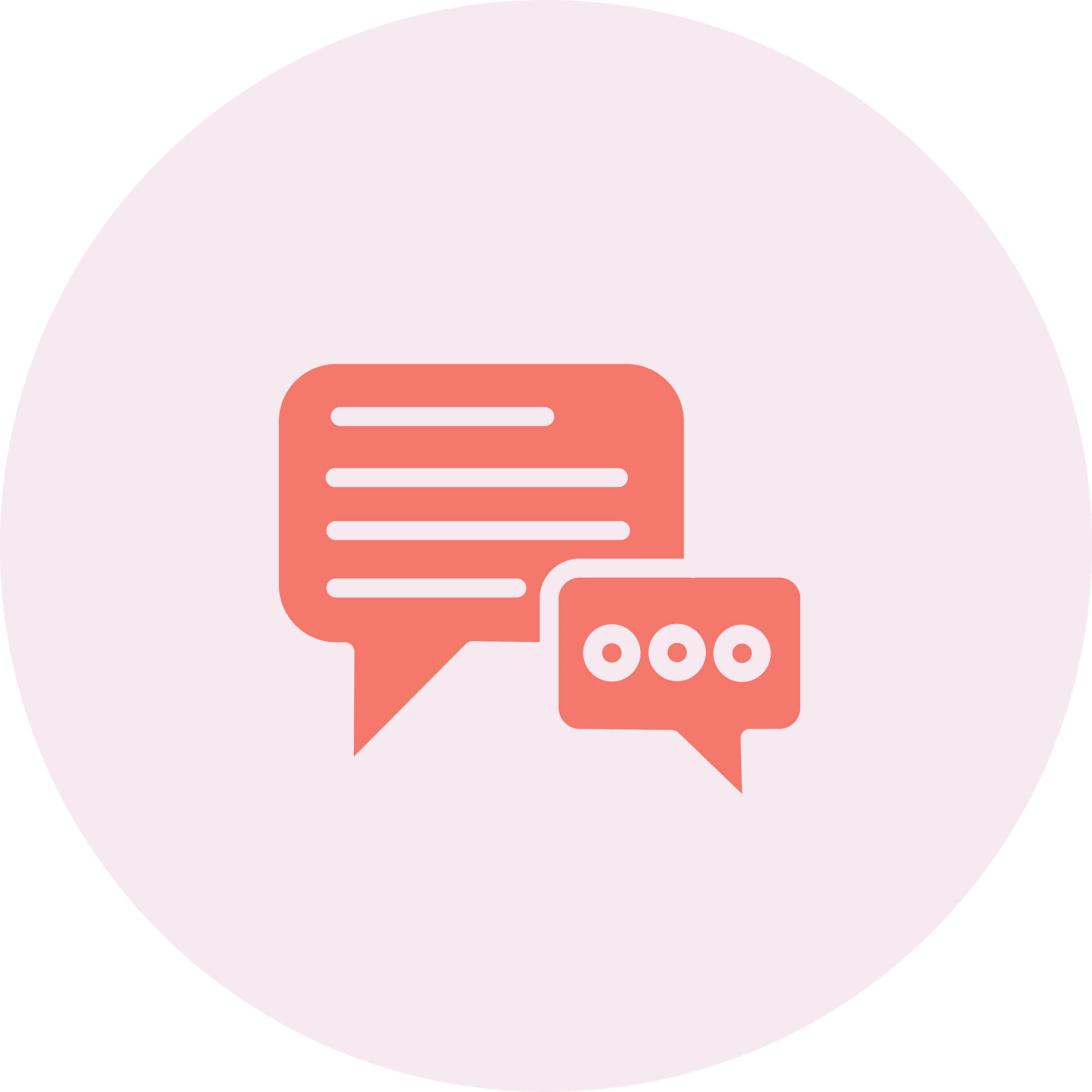
HUMAN
TRAFFICKING
AWARENESS

HUMAN
TRAFFICKING
AWARENESS
What is Human Trafficking?
Human trafficking involves using force, fraud, or coercion to obtain labor or commercial sex acts. According to the US Department of State, an estimated 27.6 million people worldwide are trapped in modern-day slavery. This crime affects men and women of all ages, nationalities, and backgrounds.
Labor Trafficking
Labor Trafficking involves the exploitation of men, women, or children for forced labor or services. People trapped in labor trafficking often work under heinous conditions, extended hours, lack safety, and receive inadequate pay. Labor traffickers often target the most vulnerable; children, individuals without lawful immigration status, and isolated, impoverished, or disabled.
Sex Trafficking
Sex trafficking involves the exploitation of individuals forcing them to engage in sex acts, including commercial sex, sex tourism, pornography, and prostitution. Victims of sex trafficking span an extensive range to include men, women, and children of all nationalities, sexual orientations, education levels, and backgrounds. Although modern-day slavery does not discriminate based on gender, women make up 71% of the sex trafficking victims. Traffickers often force women to undergo abortions to exploit them further.
Human Trafficking:
How to Recognize the Signs
Human trafficking is a multi-billion dollar industry that spans the entire globe. Contrary to popular belief, the United States is not exempt from the human trafficking crisis. The US Department of State estimates nearly 17,000 people are trafficked yearly in the US, meaning these victims may be hiding in plain sight. The top states for trafficking in the US are California, Florida, and Texas.
If you know the signs to look for and how to report a possible trafficking crime, you can help.
Signs of trafficking include someone appearing disconnected from friends, family, church, or community. Children involved in trafficking might dramatically change their behavior, stop attending school, or seem timid and fearful. Many trafficking victims might show signs of being denied food, sleep, water, or medical care. It is also essential to look for bruises in various levels of healing when identifying a suspected victim. If seen in public, the victim might seem controlled by the person they are with, defer to said person when approached, or seem to follow a script when questioned.
Am I Being Trafficked?
- I engage in sexual acts to get food, money, protection, drugs, or a place to stay.
- I engage in “prostitution,” lap dances, stripping, escort services, pornography, or other sexual favors.
- The money I earn is taken in full or partially by someone.
- I’m afraid to say I want to leave because someone will hurt or threaten to hurt my family or me.
- Someone monitors my interactions with others 24/7.
- I’m not allowed to be in contact with my family or go where I want when I want.
How to Report:
Are you a victim of trafficking?
Help is out there.
- If you or someone you know is in immediate danger, please call 911.
- If you would like to report a trafficking tip, please call the National Human Trafficking Hotline at 1-888-373-7888 or Text “Help” or “Info” to BeFree (233733)
- Safe House Project provides a form to fill out if you are a survivor or an advocate seeking safe housing placement.
By staying informed about the signs of human trafficking and learning how to report it, we help women break free of the chains of modern slavery. Together, we can empower women to live free from exploitation. If you are a victim of human trafficking, you are not alone. We stand with you and are here to support you.
